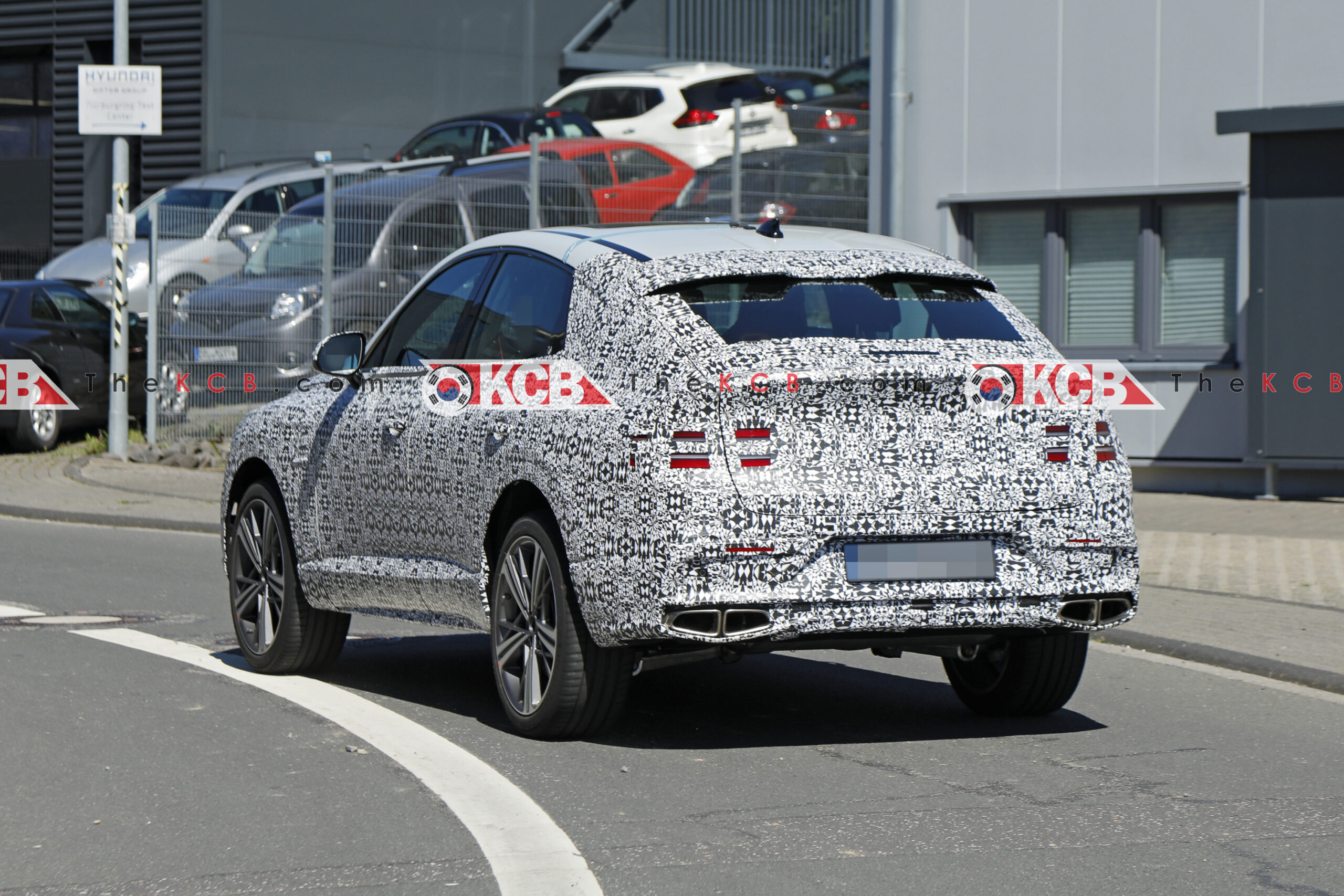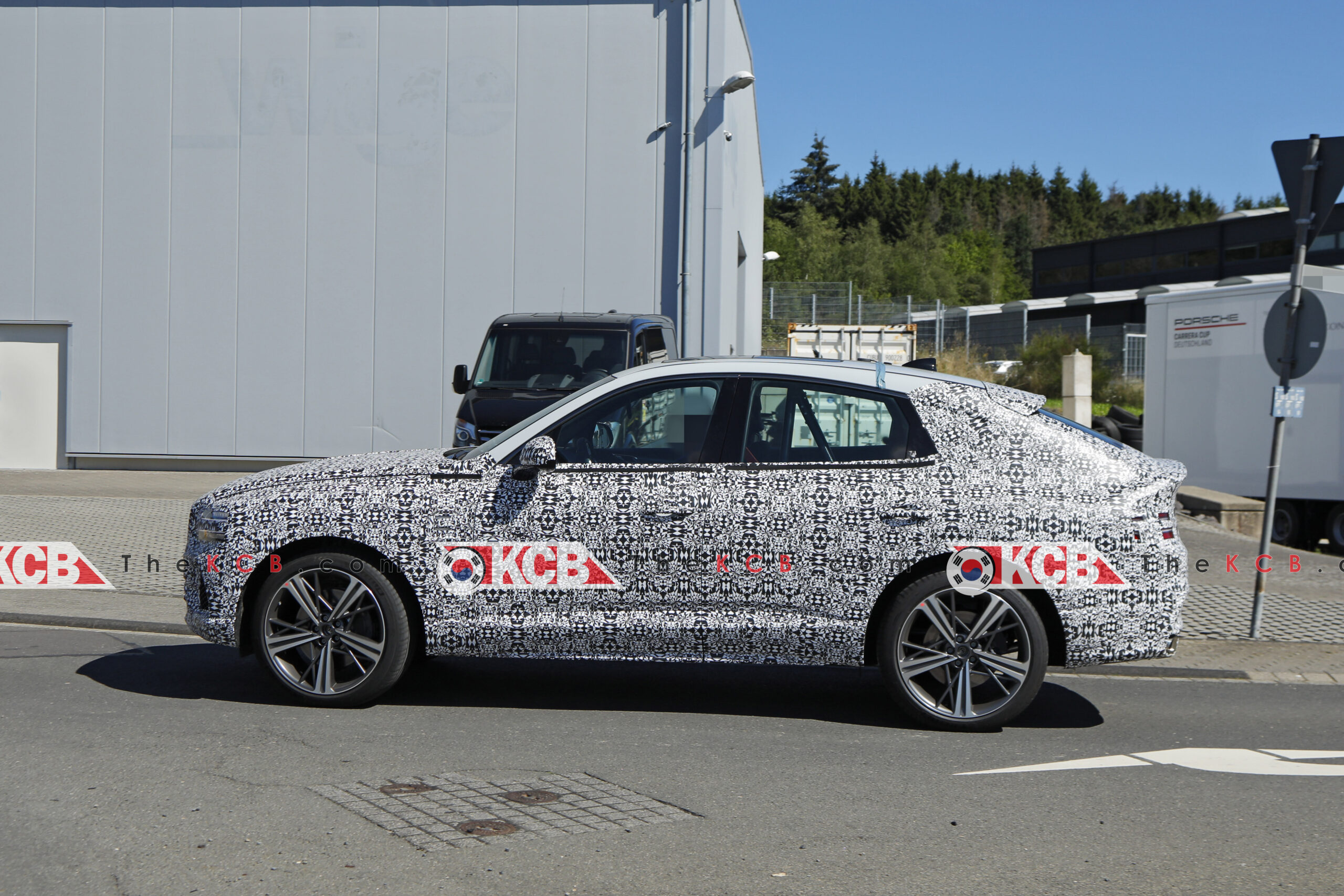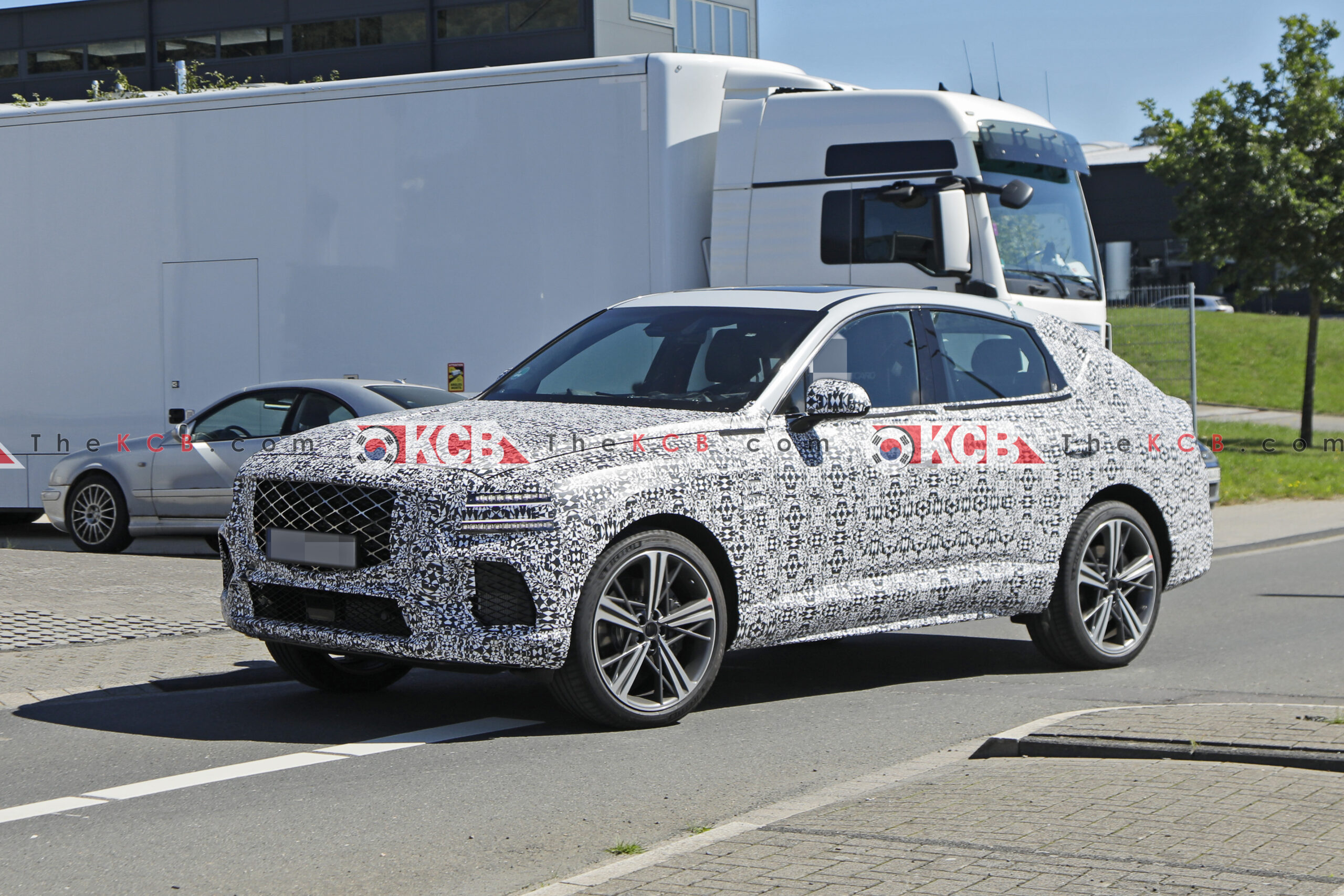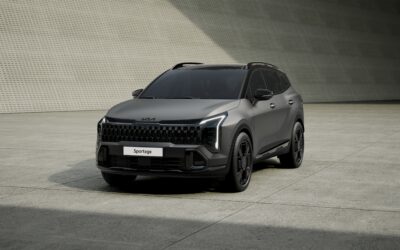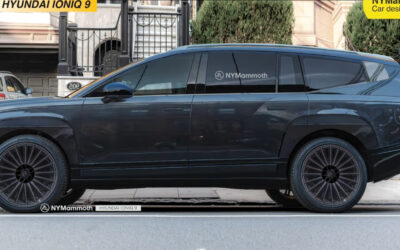Genesis will add an electrified powertrain to the updated Genesis GV80 sports utility vehicle, which is being developed by Hyundai Motor. With market demand and electrification flows, the diesel engine will be discontinued in favor of a more efficient mild hybrid (MHEV) engine.
According to the industry on the 15th, Hyundai Motor has started preparations for the production of the GV80 facelift (project name JX1 PE), which is scheduled to be released in the fourth quarter of this year. Released back in 2020, the new GV80 will began mass-produced models in September while it is expected to be released in October. The annual mass production target is 70,000 units.
The biggest change in the new GV80 will be in the powertrain. Genesis will discontinue the diesel engine previously sold in the line-up, and it will make available with three gasoline engines, the 2.5-liter and 3.5-liter Twin Turbo already known and one gasoline-based MHEV engine, the 3.5-liter with electric Super Charger (e-S/C).
The 3.5-liter gasoline-based 48V Electric Supercharger (e-S/C) engine, first introduced in the Genesis flagship sedan G90, adopted a MHEV method that uses an electric motor to increase fuel efficiency. It can be seen as an intermediate solution between a regular internal combustion engine and a full hybrid (FHEV) model that can only be also driven as an electric mode in different phases.
Genesis GV80 Coupe Silhouette
The e-S/C over-presses the air compressed by the motor in the low engine rotation (rpm) zone once more. Increase efficiency by improving acceleration responsiveness at low and medium speeds by accelerating the time of maximum torque ahead of the existing 3.5-liter Turbo gasoline engine. The e-S/C engine on the G90 has a maximum output of 415 hp and a maximum torque of 56.0 kg·m, and the new GV80 is expected to have similar performance.
The new GV80 will be also available for the first time in two bodies, the regular and the coupe type. The new GV80 Coupe (pictured above) adopts a sleekly trimmed coupe-shaped design on the back and improves driving performance such as suspension to target the high-performance SUV market. The powertrain configuration is the same as the regular GV80.
New technologies are also introduced indoors. The previously separated instrument panel and central display are expected to be equipped with a new 27″ inch OLED panoramic display in a single piece. This is the first time Hyundai has used OLED for its main display in its car.
Pictures by SB-Medien

